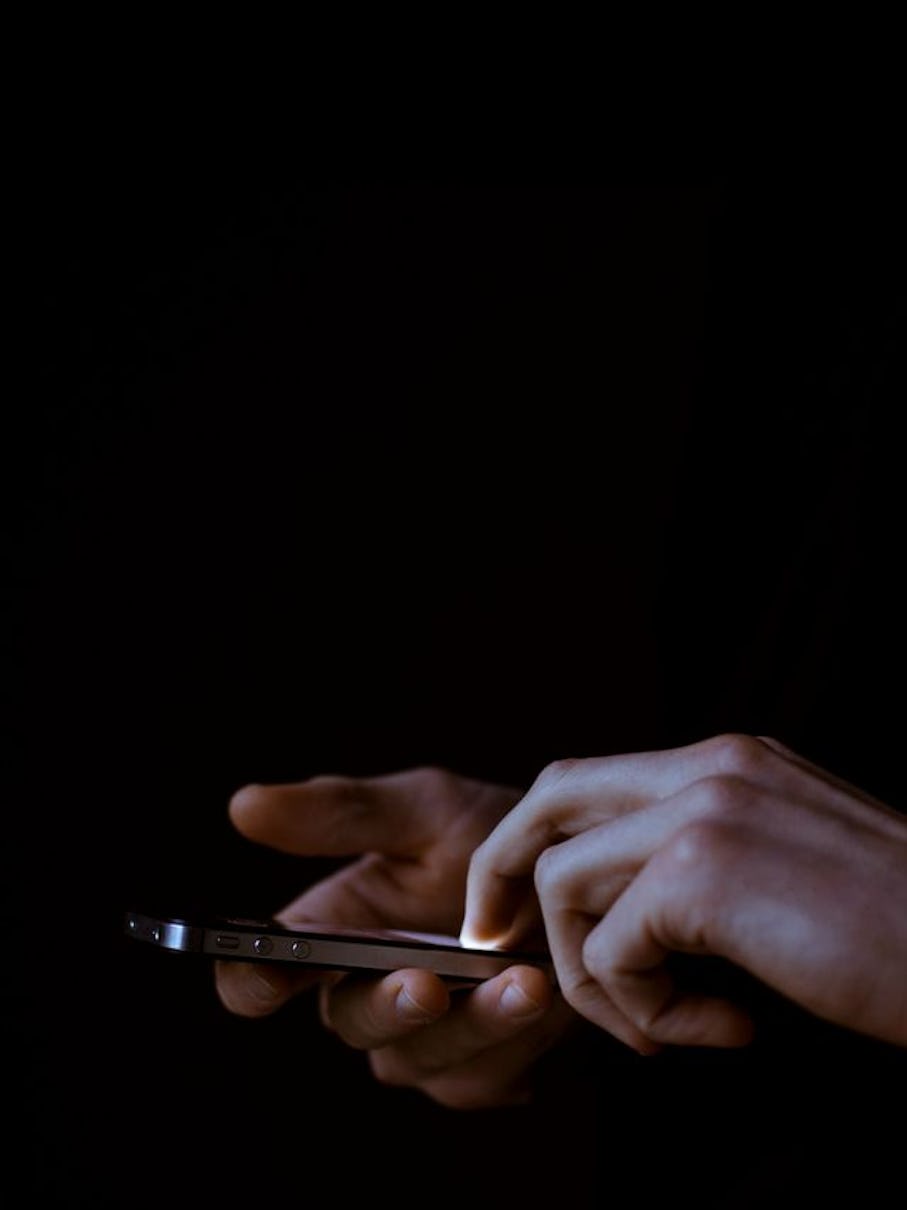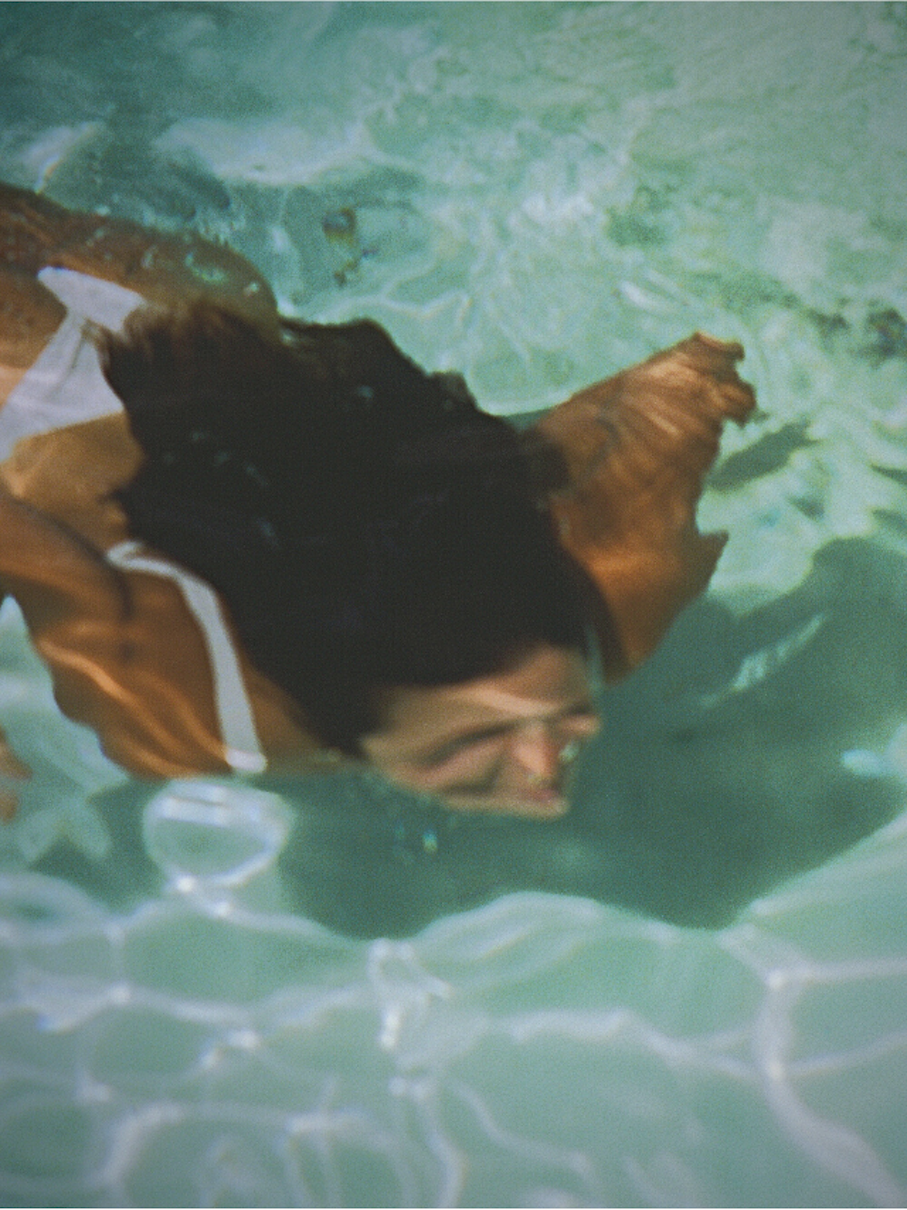
Managing Eye Strain From Screens

Hay Fever - Relieve Itchy, Watery Eyes

HAPPY EYES ON HOLIDAY

Night-time Dry Eyes - Causes & Solutions
Air travel can be a convenient and efficient way to reach your destination. Still, it can also raise concerns about your eye health. From dry eyes to the impact of cabin pressure changes, flying can present unique challenges to maintaining optimal eye comfort and well-being.
In this article, we will explore various aspects of eye health related to flying and provide guidance on caring for your eyes while in the air.

Although flying does not directly impact your eyesight, certain conditions within an aeroplane cabin can create temporary discomfort or worsen pre-existing eye problems. These factors include:


When taking a flight, we often focus on legroom comfort, in-flight entertainment etc. However, another factor to consider is how the air quality and circulation within plane cabins may impact the comfort and health of your eyes.
Allergens, dust, and airborne germs can lead to discomfort and irritation in our eyes. Our eyes are highly sensitive to these particles, reacting to them as foreign bodies - causing symptoms such as redness, itchiness, and a feeling of grittiness in the eyes.
In addition, the air conditioning and ventilation systems that are necessary for maintaining comfortable temperatures and air supply often reduce the humidity level in the cabin, leading to a drier environment. This worsens dry eye symptoms, making your eyes feel scratchy and even causing blurred vision in more severe cases.
These issues are more pronounced if you wear contact lenses or are already suffering from dry eyes. Therefore, taking the necessary measures to moisturise your eyes when flying is important.

Aeroplane cabins tend to have low humidity levels, which can contribute to dry eyes during flights. To prevent or alleviate dry eye symptoms, follow these tips:

Wash your hands frequently and avoid touching your eyes to prevent the introduction of bacteria or irritants that may cause infection or inflammation.
Limit your screen time during flights, and practice the 20-20-20 rule to reduce eye strain. Every 20 minutes, look at something 20 feet away for at least 20 seconds to allow your eyes to relax and refocus.
If you're seated near a window, wear sunglasses with UV protection to shield your eyes from harmful ultraviolet rays, which can cause long-term damage to your eyes.
Stay well-hydrated during flights by drinking water regularly. Adequate hydration is essential for maintaining a healthy tear film, which lubricates and protects the eyes.
Use preservative-free lubricating eye drops & sprays to alleviate dryness and discomfort caused by the low humidity levels in aeroplane cabins.
Remember to blink frequently to maintain eye moisture, especially when focusing on digital screens or other close-up tasks. People usually blink about 18 times a minute. But they blink 6 times a minute on digital screens, increasing the chance of developing dry eyes.
Consider wearing blue light glasses if you plan to use digital devices for extended periods during your flight. Blue light exposure can contribute to Digital Eye Strain (or Computer Vision Syndrome) and disrupt sleep patterns.
If you are prone to allergies, use allergy eye drops or oral antihistamines to minimise eye irritation caused by allergens in the cabin.
If you wear Contact Lenses, bring a lens case and cleaning solution to clean and store your lenses if needed. Consider switching to glasses during the flight, especially long ones, to reduce the risk of dryness and discomfort.
Use a clean and comfortable eye mask during rest periods to protect your eyes from light and potential irritants. Ensure the mask fits well and does not apply excessive pressure on the eyes.
Direct the cabin air vents away from your face to minimise the drying effect of the airflow on your eyes.
Air pressure and oxygen levels decrease at high altitudes, leading to hypobaric hypoxia. This reduction in available oxygen can cause mild swelling of the eye tissues, including the cornea and the retina. While these changes are not harmful, they may lead to temporary vision fluctuations or mild discomfort. Stay well-hydrated and use artificial tears or lubricating eye drops to counteract the dry cabin environment and potential eye tissue swelling.
Some individuals may also experience altitude sickness, which can manifest as headache, dizziness, or nausea, and may indirectly affect eye comfort. Furthermore, ultraviolet (UV) radiation exposure increases with altitude, which may pose additional risks to eye health.

Although wearing contact lenses while flying is generally safe, some factors can lead to increased risks of dry eyes, irritation, and eye infections:

To minimise the risks with wearing contact lenses while flying:

Every 20 minutes, look at an object at least 20 feet away for 20 seconds to give your eyes a break and reduce eye fatigue.
Modify screen brightness, contrast, and font size on your devices to make them easier on your eyes. Opt for a larger font, comfortable brightness, and contrast to reduce strain.
Apply an anti-glare screen protector to your devices to minimise reflections and glare, which can contribute to eye strain.
Keep an appropriate distance between your eyes and the screen (generally, an arm's length away) to reduce eye strain and maintain proper posture.
Make a conscious effort to blink regularly to maintain eye moisture and prevent dryness and irritation.
Use individual overhead lights to create an optimal lighting environment. Consider closing window shades if sunlight is too intense or direct.
Drink water regularly to maintain overall body hydration, supporting eye health.
To help maintain eye moisture and comfort during the flight. See MTHK's Eye drops & Spray here.
Incorporate regular intervals from screen use to rest your eyes and reduce eye strain. Engage in activities that don't involve screens, such as reading a book, solving a crossword puzzle, or stretching.
Cabin pressure changes during takeoff and landing can cause minor discomfort, such as ear pain or sinus pressure, as the air pressure within the aeroplane adjusts to the altitude. Although these changes generally do not significantly impact your eyes, they can sometimes exacerbate existing eye conditions or cause temporary fluctuations in vision.
For instance, individuals with pre-existing conditions like Glaucoma may experience increased intraocular pressure (IOP) due to changes in cabin pressure. Elevated IOP can result in discomfort and even cause vision problems if left unmanaged. Additionally, passengers with a history of retinal detachment or recent eye surgery should consult their eye doctor before flying, as changes in cabin pressure may pose a risk in these situations.

Prolonged screen time during a flight can cause digital eye strain, but it is unlikely to cause permanent damage to your eyes. Symptoms of digital eye strain may include eye fatigue, dryness, blurred vision, and headaches.
To minimise these symptoms, follow the tips mentioned earlier in the article for reducing eye strain during a long flight. Or read our article on tips for healthy screen time.

Motion sickness during a flight can result in symptoms such as dizziness, nausea, and disorientation. To help manage motion sickness and its effects on your eyes, try the following:

If you experience eye pain or discomfort during a flight, follow these steps:

Flying is generally safe for individuals with Cataracts, as cabin pressure and altitude changes do not typically worsen the condition. However, if you have recently undergone cataract surgery, ask your surgeon when it is safe to fly, as your eyes may still be healing and vulnerable to complications.
Additionally, cabin pressure changes could affect the healing process or cause discomfort in the operated eye. Following your surgeon's post-operative care instructions and attending all scheduled follow-up appointments is essential to successful recovery.

People with Glaucoma or other eye conditions should consult their eye specialist before flying, as changes in cabin pressure may affect intraocular pressure. This change in pressure might potentially cause discomfort or, in rare cases, temporarily exacerbate the condition.
Your doctor can provide personalised advice and recommend any necessary precautions or medications to ensure your comfort during your flight. Additionally, carry all essential eye medications and supplies with you during your travels, as this will help you maintain your eye health routine and manage any symptoms that may arise.

No specific flying-related risks exist for people with Age-Related Macular Degeneration (AMD). However, it is important to continue following general eye health guidelines, such as staying hydrated and wearing UV-protective sunglasses. Additionally, ensure you take regular breaks from activities involving prolonged near vision, like reading or using digital devices, to avoid eye strain.
If you are receiving treatments such as intravitreal injections, consult your doctor about the appropriate timing for your flight, as they may advise you on any special precautions or schedule adjustments needed to maintain the effectiveness of your treatment plan.

Your surgeon will provide specific guidelines for flying after laser eye surgery, as the recovery time can vary depending on the procedure.
It is generally safe to fly once the eye has healed sufficiently and your surgeon has given you clearance. Make sure to follow any post-operative care instructions provided by your surgeon while travelling.

And maintain proper eye lubrication with preservative-free drops and sprays. Drinking enough water helps maintain overall eye health, which may reduce the occurrence of floaters and flashes.
Limit screen time and practice the 20-20-20 rule to reduce eye strain. Every 20 minutes, look at something 20 feet away for 20 seconds to give your eyes a break.
Adjust your devices' screen brightness and use an anti-glare screen protector to reduce reflections and glare that may contribute to eye strain and increase the likelihood of experiencing floaters and flashes.
Ensure proper lighting when reading or engaging in activities that require focused vision to minimise eye strain.
Get adequate sleep before your flight, as fatigue can contribute to eye strain and increase the chances of experiencing floaters and flashes.
Avoid rubbing your eyes. This can cause mechanical stress on the retina, potentially leading to an increased likelihood of floaters and flashes.
When exposed to sunlight. Excessive exposure to ultraviolet light may contribute to developing eye conditions that can cause floaters or flashes.
Maintain a healthy diet rich in eye-healthy nutrients such as vitamins A, C, and E, lutein, zeaxanthin, and omega-3 fatty acids, which support overall eye health and may help minimise the risk of floaters and flashes.
Manage pre-existing health conditions, such as high blood pressure or diabetes, impacting your eye health and contributing to floaters and flashes.
Practice stress reduction techniques like deep breathing, meditation, or mindfulness, as stress can contribute to eye strain and may increase the likelihood of experiencing floaters and flashes
If you experience a sudden increase in floaters or flashes, which may indicate a more serious eye condition, such as a retinal detachment, that requires immediate attention.
Air travel can intensify dry eye symptoms for people with Sjögren’s Syndrome. The low humidity levels in aeroplane cabins can cause more rapid evaporation of the tear film, leading to increased dryness and discomfort. Prolonged exposure to digital screens, air conditioning, and reduced blink rates during flights can further exacerbate these symptoms.
To manage dry eye symptoms during a flight, follow the prevention tips outlined earlier in this article, such as using lubricating eye drops, staying hydrated, and taking breaks from screens. Also, speak to your eye specialist - they may suggest specific treatments, medications, or precautions for a more comfortable flying experience.

Blepharitis is a chronic inflammation of the eyelids that can cause redness, itching, and discomfort. How can I reduce the risk of eye infections, like conjunctivitis, while flying? To manage your symptoms during a flight, try the following:
